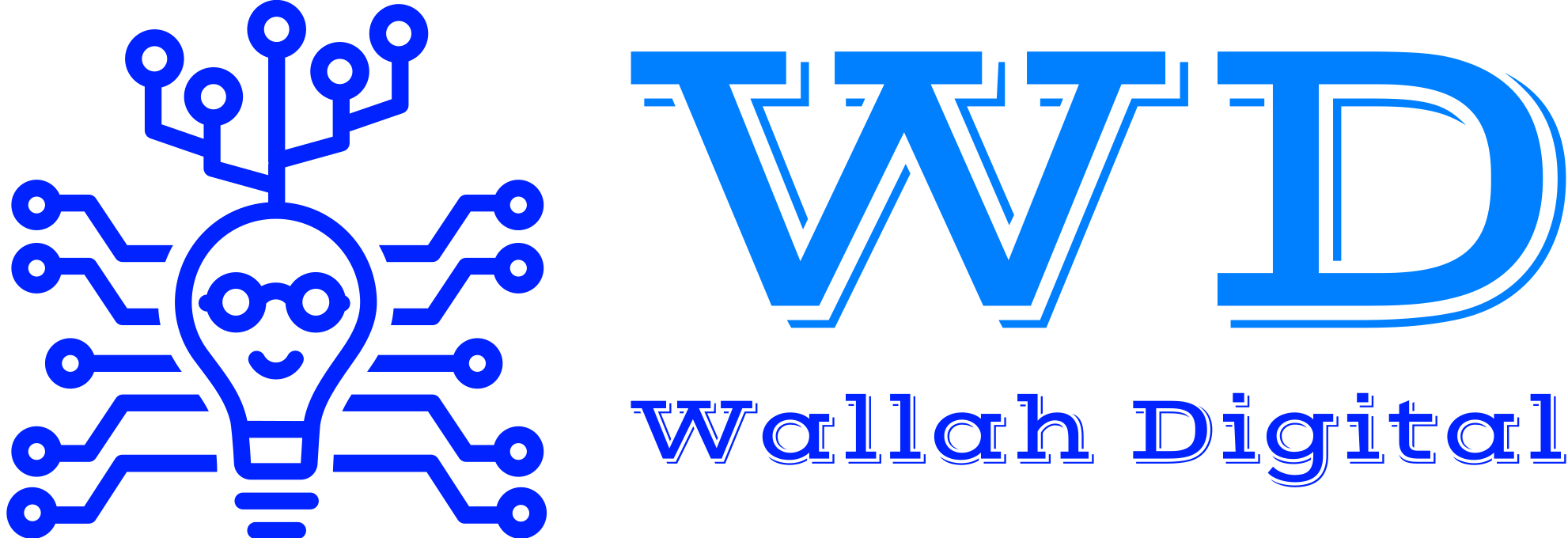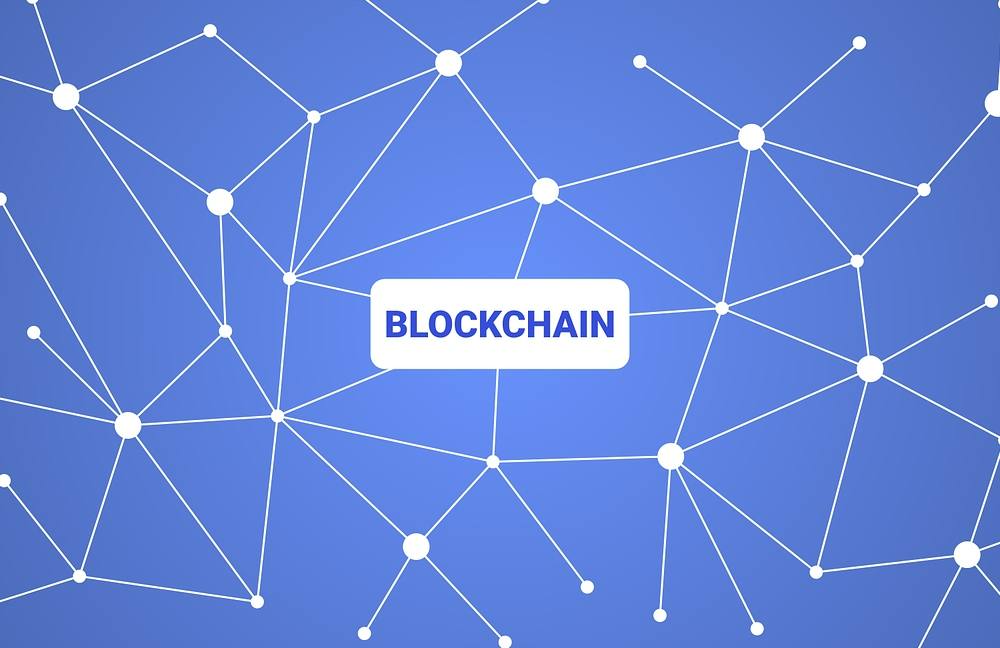A decentralized blockchain is a network of computers connected through a public network that runs on different digital tokens called cryptocurrency. These digital tokens are called ‘blocks’ or ‘nodes’ in blockchain technology. Each node in the blockchain acts like its own computer, running its own copy of the blockchain data.
This means each node has its own private key and only other nodes with which it can interact directly are connected through the public network. The final piece is the award-winning technology called ‘smart contracts’ that shows all of this:
smart contracts: They are software programs that automatically execute upon certain conditions based on some pre-determined set of events (such as a contract being created). These smart contracts are executed by miners. The problems are solved and move on to the next block. The whole system is therefore referred to as a blockchain network — which may seem complex at first, but it is easy.
What is a decentralized blockchain?
Decentralized blockchain is another term for a blockchain network that depends on the agreement of its members. While each node in the blockchain has its own copy of the data, all of them are able to ‘talk’ to one another’s computers. This means the entire network can see everything that takes place on the blockchain — without anyone else having access to the data or having a personal copy. This kind of decentralized network technology has many advantages, including creating highly transparent and open-source software that runs on the blockchain without the need for expensive digital tokens or financial requirements. It’s also the most flexible decentralized blockchain technology available.
Why Is a Blockchain Important?
A decentralized blockchain is a distributed computer network where all the data is kept in the form of digital tokens known as ‘blocks’. Unlike a centralized blockchain, each block on the blockchain contains all the data, with no one else seeing or touching it. This means all the nodes in the blockchain can see everything that takes place on the blockchain and everyone can interact with everything without being connected to the internet or any other centralized network. Because of this, a decentralized blockchain can consume far less power and generate far less energy than a centralized blockchain.
This is important for a variety of reasons. First, decentralized networks are often much more scalable. Because every node in the decentralized network has its own copy of the blockchain data, it means fewer load balances need to be made and less power is needed to maintain the same number of nodes. Because each node in the decentralized network has its own copy of the blockchain, much smaller conditions are needed to maintain the same number of state changes — which is crucial for keeping the network’s functioning and structure sustainably secure.
How to set up and use a decentralized blockchain?
The setup and use of a decentralized blockchain can be difficult at first, but don’t worry! We have helped you through the process step-by-step.
Create a wallet. A wallet is a virtual address book where you store all your personal information. You can create a wallet by pressing the ‘raunchy’ (link) key on your computer, then type ‘wallet’ into the command line and select ‘yes’ to sign up for an account. This is only available on computers running the most recent version of Bitcoin.
Add a mining pool. A mining pool is a group of computers that work in unison to solve complex mathematical problems and generate increasingly more coins based on a set of solutions. To create a mining pool, each computer in the network can be assigned a specific address and shared hash Powering down the computer. Using this procedure, each node locked into the same mining pool goes offline, leaving behind an array of unlinked peers. These peers can then be randomly connected to generate more coins. This process goes on and on until the entire network runs out of possible solutions or the energy consumed by the network reaches a certain point.
Conclusion:
Decentralized networks are often very scalable and flexible, meaning the ability to create and maintain a large number of decentralized networks without needing to rely on expensive infrastructure can help mitigate some of the impacts of a centralized network. However, distributed ledger technology (DLT) is still needed to ensure that decentralized networks are operated securely and efficiently. The advent of smart contracts, however, has eliminated the need for middlemen and made the process of execution for all parties on the network much more efficient. With the advent of blockchain-based networks and technologies, it has become possible to create a highly scalable decentralized network without the need for expensive digital tokens or intermediaries. This can make decentralized blockchain technologies more attractive to financial institutions and other organizations that want to operate in a transparent and accountable way.
Decide which blockchain you want to use and understand the benefits of using it.
This is important because each decentralized blockchain is different and may contain different benefits for your business. You’ll want to make sure you understand the differences and see which blockchain benefits might be the most useful for your business.
Also Read: secure your brand with Cybersecurity

